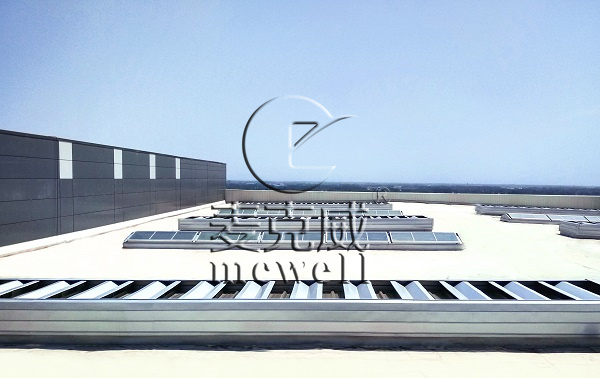- info@mcwell.cc
- +86 13881905158
- Quick Enquiry
Thin natural ventilator is mainly installed on the roofs of major industrial plants. They consume less steel, have a small overall load, and are more economical. They can reduce the overall investment cost for clients. Natural vent has a wide range of applications, including automobiles, electronics, Shipbuilding, manufacturing, machinery and other industries. So, what are the main features of thin roof ventilators?
1. Load of thin natural ventilator
The height of the natural vent is very low, usually no more than 650mm, and the steel structure consumables used are low and the load is small. On the roof of the factory building, it can be arranged in the form of a downhill slope or a roof ridge. The roof louver vent adopts modular installation, which is convenient and quick, and the installation is efficient. It can be installed side by side in multiple rows along the length of the opening.
2. Fire-fighting linkage mode
The fire-fighting linkage methods of exhaust louvers and vents include smoke, fog, rain, temperature and other forms to meet the needs of different forms of fire-fighting linkage. Low profile ventilator can be equipped with an opening and closing valve plate according to actual needs, and the ventilation and smoke exhaust volume can be adjusted by controlling the valve plate. In addition, the opening and closing valve plate can also realize the function of heat preservation, which is suitable for snowfall and extremely cold areas.
3. Waterproof method
The low-profile ventilator is installed on the roof of the factory. The main consideration is the waterproof performance. As a professional smoke vents supplier, Mcwell uses full-structure waterproof technology. The waterproofing depends on the structure of the natural ventilator, which fundamentally solves the hidden danger of leakage.

